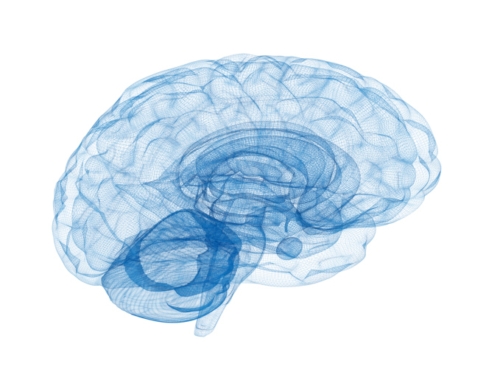 Olga Kotelko was a 93-year-old Canadian track-and-field athlete with more than 30 world records in her age group when she was the subject of a study in 2012. In the summer of that year, Kotelko visited the Beckman Institute for Advanced Science and Technology at the University of Illinois to have her brain undergo a deep analysis. The resulting study has been published in the journal Neurocase and offers an intriguing look at how this woman’s active lifestyle helped her brain resist aging.
Olga Kotelko was a 93-year-old Canadian track-and-field athlete with more than 30 world records in her age group when she was the subject of a study in 2012. In the summer of that year, Kotelko visited the Beckman Institute for Advanced Science and Technology at the University of Illinois to have her brain undergo a deep analysis. The resulting study has been published in the journal Neurocase and offers an intriguing look at how this woman’s active lifestyle helped her brain resist aging.
Since the number of highly athletic 90-year-olds was limited, Olga’s scans were compared to a group of women aged 60 to 78 who were healthy but consider low-active. Her scans were also compared to previous aging studies.
Generally speaking, the brain shrinks as people age. Ventricles enlarge and fluid-filled spaces form between the brain and the skull to make up the new space. The cortex—the outermost layer of the brain where most thinking occurs—also gets thinner. The hippocampus, which is responsible for memory, shrinks. Most notably, the white matter tracts lose structural and functional integrity. These tracts carry nerve signals between regions of the brain and are used when someone is engaged in a task like reasoning, planning, or self-control.
Researchers found that Kotelko’s brain was not as shrunken as previous aging studies would have projected it to be. Her ventricles weren’t enlarged, for one. Researchers also observed how intact her white matter tracts were. Although they showed some of the common damage that occurs in people over the age of 65, Kotelko’s white matter tracts overall were more intact than all of the younger women to which she was compared. Kotelko’s hippocampus, while smaller than those of the younger women, was still larger than expected for someone of her age. Kotelko also tested higher on cognitive and memory tests than other 90-year-olds.
As interesting as they found their results, researchers admit their findings are limited. Olga Kotelko is a single person and her brain was only analyzed at one point in time. Without a larger sample pool or broader time scale, it is difficult to draw solid conclusions. However, the findings do show that regions of the brain—even those most sensitive to aging—retain a degree of plasticity among the elderly.
Kotelko passed away from a sudden brain hemorrhage on June 25, 2014, two years after the study. She was 95 years old. Kotelko had continued competing up to May 2014, one month before her death.
Sources for Today’s Article:
Burzynska, A. Z., et al., “White matter integrity, hippocampal volume, and cognitive performance of a world-famous nonagenarian track-and-field athlete,” Neurocase August 3, 2015: 1–10, http://www.ncbi.nlm.nih.gov/pubmed/26237526.
“The nonagenarian athlete: Researchers study Olga Kotelko’s brain,” EurekAlert! web site, August 17, 2015; http://www.eurekalert.org/pub_releases/2015-08/uoia-tna081715.php.
